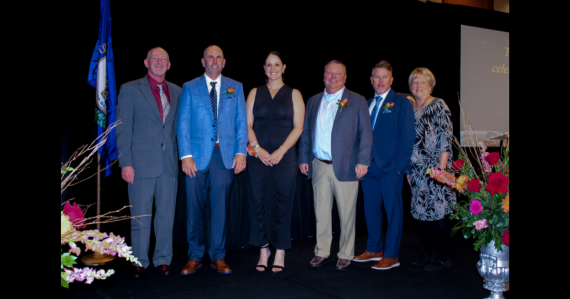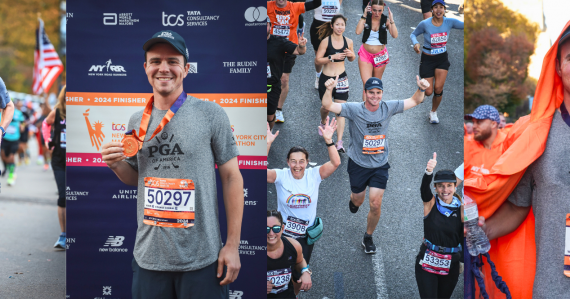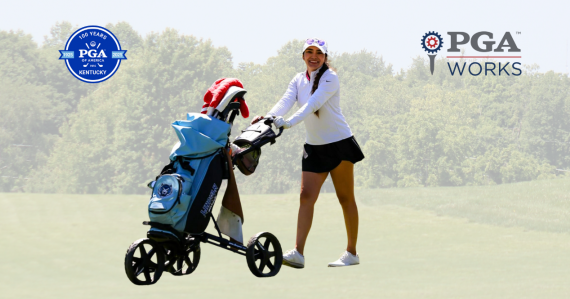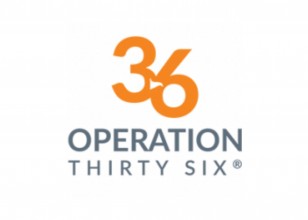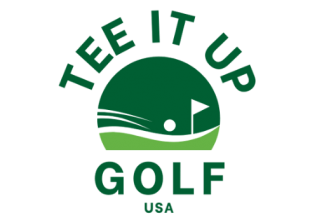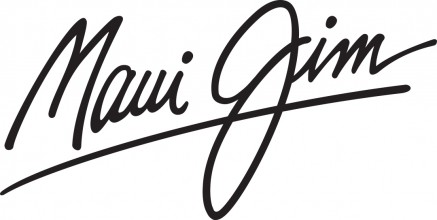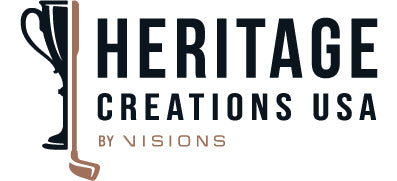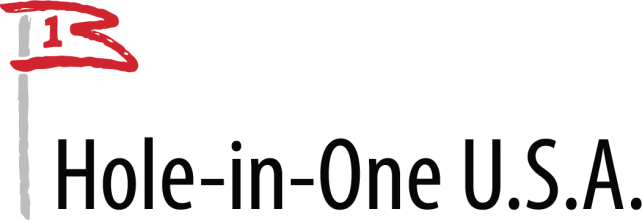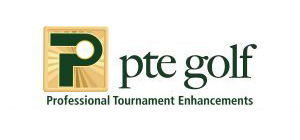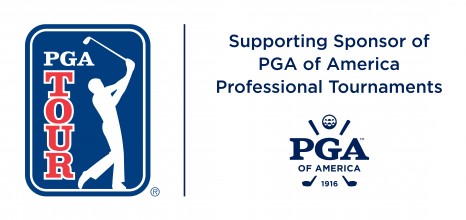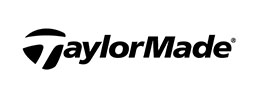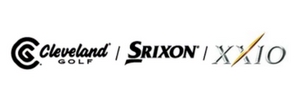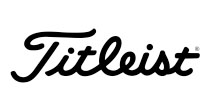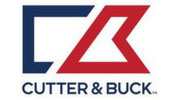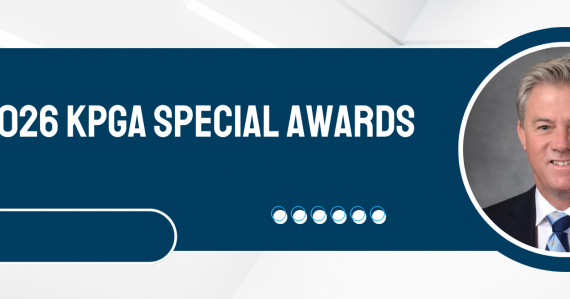
News
Coomer Corner - Are You Lucky or Good?
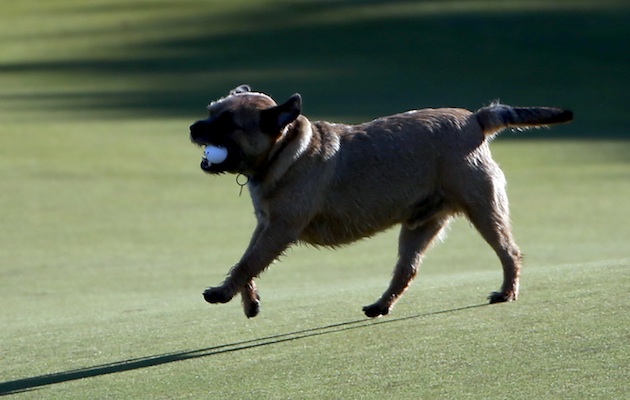
Are You Lucky Or Good?
(Rules for the Game of Golf)
The United Kingdom can lay claim to so many historical facts concerning golf. Obviously, the game began on the other side of the pond along with Scotland’s inaugural tournament, the first published rules of golf and now we find out that the first TV broadcast of the game occurred in 1938 of a solitary golfer hitting shots for the BBC network. Since that happened, viewers have seen just about everything possible in the way of wayward shots, outrageous apparel, miracle shot making, spectacular scenery, and awe-inspiring moments of glory.
Now, speaking of wayward shots, we all have our favorite TV moments as we watched the best golfers in the world look more like us mortals. I have for many years watched and cringed at the line of fans encroaching on the players’ space, although behind the ropes, just as he or she is ready to strike the next tee shot. It takes me back to viewing the great Tom Kite and his duck hook into the crowd about thirty yards away. I also recall the image of Phil Mickelson’s shot hitting off a spectator’s head and bounding back toward the fairway. Who can forget the ball ending up in a fan’s pocket after a tee shot from Rory McIlroy.
Not all shots have been added to the “Oh, No!” file. There are hundreds of examples when the “lucky bounce” saved and awarded the player at just the right moment. A few Masters have passed since Louis Oosthuizen used a ricochet off J.B. Holme’s ball at rest on the 16th green to record an ace. Leif Olson duplicated that shot at the 2009 Canadian Open with a ricochet ace at the par three 15th hole, winning a new BMW Roadster for doing so. Lastly, remember Hale Irwin’s fortuitous bounce from the oceanside rock formation along Pebble Beach’s 18th hole that led to his win at the 1984 Crosby Pro-Am? If not, of course there is a video of the feat.
So, not all accidental bounces are necessarily bad, even if they deflect off another person, an animal or other types of objects. The significant difference as detailed by our next rule is whether those bounces or deflections are accidental or deliberate. Rule 11 – Ball in Motion Accidentally Hits Person, Animal or Object; Deliberate Actions to Affect Ball in Motion dives deep into what the player is responsible for when any of these actions occur.
Let us start with the good news about this rule. There are very few ways you are penalized when your ball is involved with an accidental movement. That doesn’t mean it never happens. For instance, if you’re putting your ball which was at rest on the putting green and it hits another ball at rest on that green, you will be penalized in stroke play (2 strokes).
In the rarest of cases, your ball may end up lying on a person, animal, or outside influence. In these cases, you may be required to take free relief from these and drop a ball in the correct relief areas. If you do not follow the procedure or drop in the wrong place, a penalty will be applied if you make a stroke.
This rule has been revised a few times regarding the putting green and your requirements when the ball accidentally strikes the player, or an outside influence. Except when the ball strikes the player, sometimes the stroke must be replayed when striking another person, an animal, or an outside influence. If the ball strikes the player, the club used to make the stroke, a ball marker, a ball at rest or the flagstick, the stroke counts and the ball is played from where it comes to rest.
The second part of this rule discusses what happens when the ball is deliberately deflected or stopped while in motion. Evidence must indicate a person has deliberately touched the ball while it is moving or a moving ball hits any equipment, other objects, or any person that the player deliberately positioned to stop or deflect the ball in motion. The general penalty is applied whether it’s the player’s ball or any other ball that is in motion. It is also good to know where the ball may have come to rest if it had not been deflected or stopped. You will need to either estimate that area or determine if the ball would have come to rest in a penalty area or out of bounds.
When you reach the last section of the rule, 11.3 defines what happens when you deliberately move objects or alter conditions to affect the ball’s movement. If you take an action such as removing a loose impediment or movable obstruction or even pressing down or replacing a divot that would affect where the moving ball may go, you are in breach of the rule and receive the general penalty. Remember there are objects such as a removed flagstick and equipment belonging to any player that may be moved without penalty.
It wasn’t awfully long ago when a plethora of penalties filled the rule book for the ball striking players, equipment, flagsticks and more. We must thank those individuals who have taken on the Herculean task of modernizing the game’s rules and increased the enjoyment of the game. It certainly wasn’t any fun to hit a bunker shot and feel the ball slam against your chest after ricocheting off the side wall, and then be penalized for doing so, was it?
Some of you have experienced the thrill of a hole-in-one or maybe even more than one. For others, the anguish still burns from hitting the flagstick and helplessly watching your ball trundle down the green’s slope into a watery grave. Frank Sinatra’s hit record, “That’s Life”, tells us we may be riding high in April and shot down in May. To change the vernacular to golf, you may have just made an eagle at the first but took a double bogey at the second. So just remember if all the bounces don’t go your way, it’s always BETTER TO BE LUCKY THAN GOOD!


